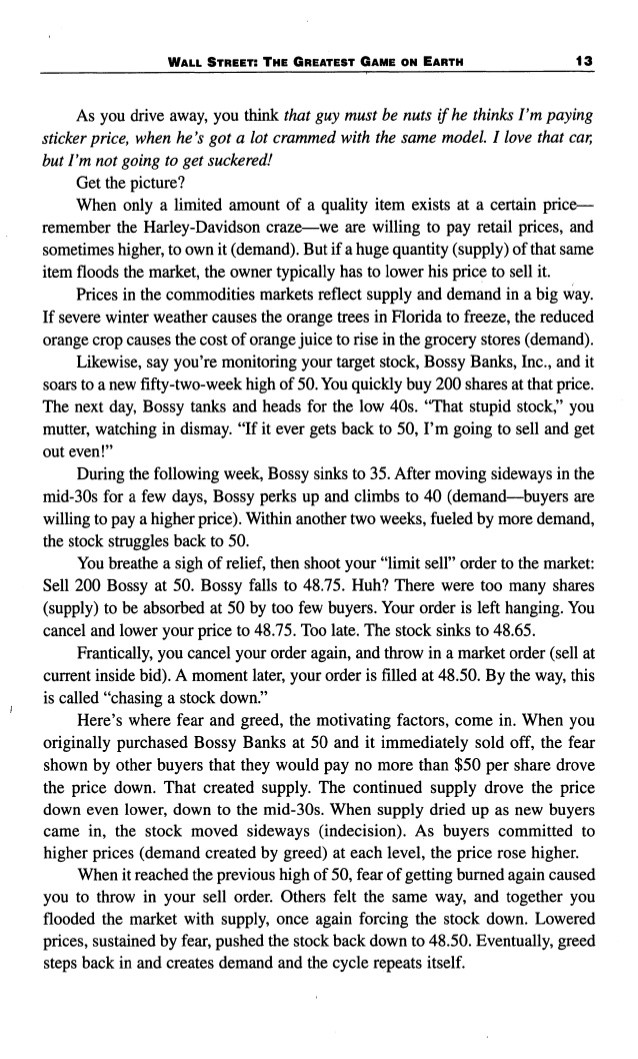Messageboard Market View Market Outlook Short Term Stock beta calculation measures a stock’s
Post on: 18 Апрель, 2015 No Comment

Stock beta calculation measures a stock’s volatility, the degree to which its price sways and moves as related to the overall market. In other words, it can measure the risk of a particular investment and/or sector in relationship to the current market trends/conditions.
Stock beta calculation is used to calculate the volatility of a stock or security in comparison to the whole market. For instance, if you wish to invest in a particular stock you may be interested not just in how it is currently performing but also in how it has fared over the years. That information is likely to help you make a better informed decision.
A Stock Beta Calculation of 1 indicates a strong correlation between an individual stock and the market direction. A Stock Beta Calculation of greater then 1 indicates that the price of the given security tends to move in a manner more volatile then the market. Meanwhile a Stock Beta Calculation of less then 1 means that a stock/security or sector moves in a manner less volatile then the market.
Negative Stock Beta Calculation — A beta less than 0 — which would indicate an inverse relation to the market — is possible but highly unlikely. Some investors used to believe that gold and gold stocks should have negative betas because they tended to do better when the stock market declined, but this hasn’t proved to be true over the long term.
Stock Beta Calculation of 0 — Basically, cash has a beta of 0. In other words, regardless of which way the market moves, the value of cash remains unchanged (given no inflation).
Stock Beta Calculation between 0 and 1 — Companies with volatilities lower than the market have a beta of less than 1 (but more than 0).
Stock Beta Calculation of 1 — A beta of 1 represents the volatility of the given index used to represent the overall market, against which other stocks and their betas are measured.
Stock Beta Calculation greater than 1 — This denotes a volatility that is greater than the broad-based index.
There are several ways in which you can calculate beta
#1. Using Historical Data — This can be done if you use the Bloomberg and Value Line data.
#2. Using Time Frame — This is when the stock comparison is made over a number of years say two to five years. Bloomberg uses a default of two years. Baseline and ValueLine use 5 years data and their data is updated weekly and quarterly respectively.

#3. Using An Index — Most people use the S&P 500 Index. In fact, Bloomberg and Baseline use this method while ValueLine use the NYSE Index method.
#4. Using Calculations — This can be achieved by using a regression on the weekly prices for the stock or by using percentage of changes of the index and stock and applying the formula to it.
The formula for the Beta of an asset within a portfolio is
B= Cov(ra,rv)/Var(rp)
where ra measures the rate of return of the asset and rp measures the rate of return of the portfolio of which the asset is a part.
So does calculation of beta for stock really represent the volatility of a stock? Perhaps not, although it is helpful in providing insight into the fluctuations in the return of stock vary with index. To really gauge the risk of a stock or portfolio, it’s perhaps best to examine the volatility directly by looking into how much the value of the stock changes over the period of a month or more.














